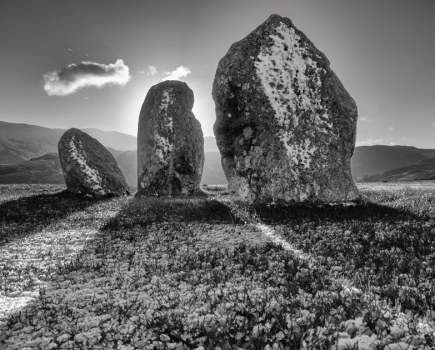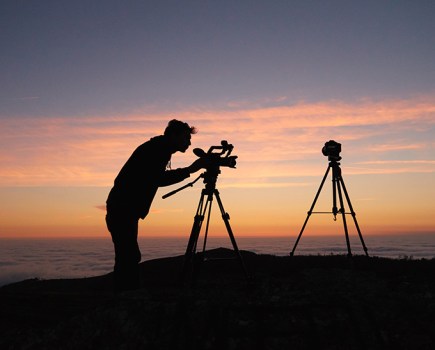We are so obsessed with perfection that sometimes we fail to notice that there is intense beauty in decay. Crumbling buildings, rusty metal, decomposing flowers and trees – they all make fascinating subjects. Decomposition is an essential part of the natural world, breaking down organic matter and enriching the soil in preparation for new life. If large numbers of plants and animals were somehow prevented from decomposing, the reduction in nutrients would be damaging to our environment. If we stop thinking of the process of decay as negative, we can see it as a thing worth celebrating.
This is the perfect time of year to seek out slowly decaying plants, weather-worn surfaces and rain-soaked timbers. After all, beauty is in the eye of the beholder.
- Decomposing trees attract many species of insect and are also great supporters of fungi and lichens. To capture this miniature world it’s handy to have a macro lens. Wideangles can also be good for including any surroundings.
- Large sheets of rotting wood, rusty metal and so on make excellent backdrops for still-life projects. Find a subject whose texture and/or colour creates contrast with the surface and spend some time experimenting.
- Convert your images of decay into black & white. Reducing everything to the bare bones is excellent for highlighting structure and form. Try Silver Efex Pro (visit www.google.com/nikcollection).
- If you want to emphasise the interesting texture of peeling paint, rotting wood or rusty metal, then try to shoot when the sun is low in the sky, as this will side-light your subject.







